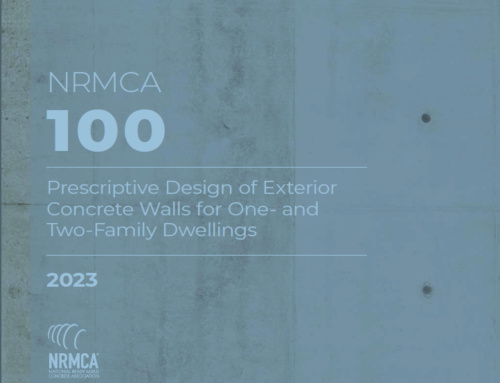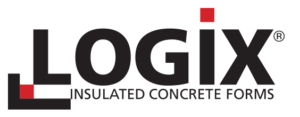For architects who need to design energy-efficient structures without changing their typical design processes, insulated concrete forms (ICFs) offer the ideal combination of insulating power, design and aesthetic versatility, and ease of installation.
An insulated concrete form is comprised of two layers of EPS filled with concrete and supported with rebar, and it is used for foundations and structural walls. These forms provide thick, continuously insulated walls that come with many additional benefits.
ICFs help architects, designers and contractors stay on schedule, build durable, beautiful projects and meet or exceed increasingly strict energy codes for insulation. Constructing with ICFs reduces the building’s carbon footprint and saves money on energy bills and reduced maintenance and repairs when compared to traditional building methods, such as wood frame construction. According to ICF studies, ICF construction generated up to 60% energy savings and provided 58% better effective R-Value/RSI.
Plus, you can build year-round with ICFs, even in below-freezing temperatures, so you never have to slow operations. With traditional wood framing, you have to constantly clear the materials, such as the subfloor and bottom wall plate locations, of any snow or ice before you can start working for the day. There’s also a constant threat of moisture seeping into the wood, and tools such as compressor lines can freeze and batteries die faster, slowing down, if not halting, work. With ICF construction, you don’t have to clear the subfloor to work, and can concentrate on building up the walls instead. Nail guns aren’t needed, so there’s no worry about batteries or compressor tubs freezing, and the ICF forms immediately begin to insulate the project, so you have better working conditions right away.
Also ICFs are typically easier and quicker to install than traditional frame construction, which reduces labor costs.
Click here to read the full article.












